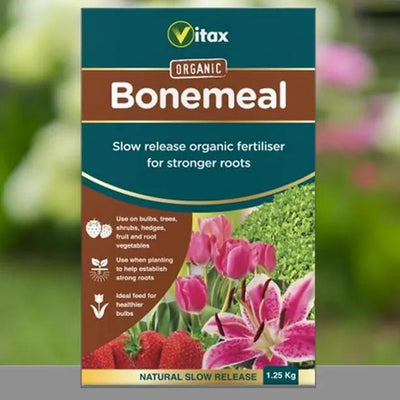Conference Pear Trees
A delicious pear and one of the best choices for shadier and colder spots, Conference is the UK's most widely grown garden variety.
It's ideal for training on wires as a cordon or espalier and is the only variety we recommend for North facing walls.
Browse our range of pear trees, or all our fruit trees.
Delivery season: Bareroot plants are delivered in late Autumn to Spring, about November-March inclusive. Pot grown plants, year round.
Features
- Spur bearer (good for cordons & espaliers)
- Partially Self Fertile.
- Pollination Group A.
- Excellent pollinator.
- Not recommended for Organic growing.
- Recommended for Scotland & the North or partially shady sites in the South.
- Harvest in September, ripen until November.
- RHS Award of Garden Merit
- RHS Plants for Pollinators
- Bareroot delivery: Nov-March
- Pot grown delivery: Year round
Pollination Partners for Conference:
It'll fruit quite well by itself, but the crop size and fruit quality is much better when your trees are pollinated.
Conference is in pollination group A.
This means that it can cross-pollinate with any tree in Groups A or B.
Please see our guide to Pollinating Pear Trees for a full list of partners for Conference.
Growing Conference Pear Trees:
Rich soil is important - dig in plenty of good manure and compost before planting.
Soil drainage must be good.
The more sun your trees get the better your crops will be.
Diseases:
Some susceptibility to Canker, Mildew and Scab.
If you spray your trees when necessary, there should be no problem, but this isn't a good tree for organic growing.

 Secure, One-Tap Checkout
Secure, One-Tap Checkout
 Hand Picked, Delivered to Your Door!
Hand Picked, Delivered to Your Door! 1 Year Bareroot Guarantee
1 Year Bareroot Guarantee



















